In the 18th century the well-off man about town would also have a villa in fashionable West London (or in those days, well to the West outside London), overlooking the Thames. Many of those grand houses have long been demolished, but a fair few survive, so I decided to take in some of them with this river walk.
First stop was Syon House. Its neither an English Heritage nor a National Trust property, but still in the hands of the Dukes of Northumberland. The lion is the heraldic crest of the Percys, so this rather grand lion sits on the now disused gate to Syon Park.
One catch with visiting many of our stately homes is they are overrun with tourists. (Yes people like me, who would want them cluttering uop the place?) Not Syon. The family still use it, but mostly just the inner rooms, leaving the grand outer ones to the visitors. But if you get there just after opening on a miserable Monday morning, well as I found you get the place pretty much to yourself.
The house is a tudor mansion which was completely overhauled inside by the greatest architect and interior designer of his day (or any day) Robert Adam. I just love his Neo-Classical style. So you can imagine how pleased I was to find myself in all these empty rooms.
Behind the conservatory is a garden.
Which leads to a lake with an ornamental pond at one end
But beyond the little ornamental bridge the lake meanders around, covered with trees and viewing points. And all very green and lush. Well, given the weather it should be lush!
So, after a very enjoyable time strolling around a very quiet Syon (the photos don't bring out the light drizzle which I suspect also kept the populace at bay), I walked down to the river at Isleworth and proceeded along its banks. Note the angry sky, about as grey as it can get without tipping down with rain.

And as one goes you do pass some of those great houses of yesteryear, now put to various uses, eg Gordon House (now part of Brunel University)
Ham House (now National Trust)
Marble Hill (well stables thereof, now a cafe, the House, owned by English Heritage, was closed off for the Jubilee)
Orleans House (now home to a Local Authority picture collection). And the occasional wedding reception.
And the very pretty York House (now administration offices) with its sunken garden, little bridge and drop down to further gardens with a spectacular fountain, particularly if you like naked nymphs. And who doesn't?
Sadly Radnor House is no longer with us, just the site, which is now Radnor Gardens. The Gardens are home to a rather jolly war memorial, somewhat more uplifting than the norm.
But I just made the last trip around Strawberry Hill. Which just happened to have a jazz festival going on, so the garden was full of people and marquees.
But this didn't convert into too many visitors to the house, which of course suited me perfectly. Strawberry Hill is architecturally speaking one of the most significant buildings in the country. Its significance is that in an age of Neo-Classical taste, this was a Neo-Gothic pile. An 18th century precursor to all those 19th century Gothic buildings we are familiar with; the Palace of Westminster, St Pancras and of course any number of Victorian churches, but Horace Walpole's villa was the first.
Walpole found a little house which formed one of the last available plots for a villa in the Richmond area. He duly got to work on Strawberry Hill as a summer residence and home to his collection of, well everything, he was an avid collector. Unfortunately, and this is a recurring theme in history, one of his descendants was a complete wastrel, who eventually disposed of this entire collection to settle gambling debts and the like. Leaving the house to deteriorate. The house got another lease of life in the late 19th century through Lady Waldegrave restoring and expanding it. However it had a less happy 20th century, including bomb damage in the war, but it was restored in 2010.
I say restored, but its still a work in progress really. In part it feels rather cold because its so empty of furnishings. In some rooms that's fine, such as the extraordinary Gallery, but for example the Library looks particularly bereft with its striking Gothic bookcases but no books. Anyway it's a wonderful edifice and well worth a visit even without the added incentive of a princely £1 discount for my English Heritage membership!
Finally I would just note that, as this was Jubilee weekend, and this is a pretty affluent, monarchist supporting part of the country, one did come across the odd Union Jack and bit of bunting. Everywhere.
















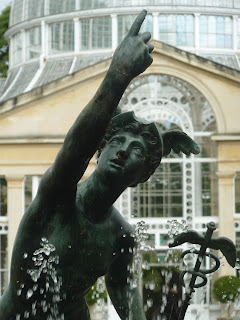
































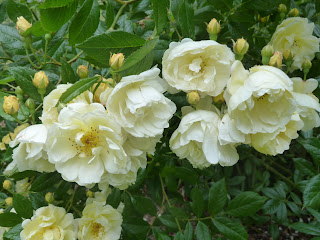


































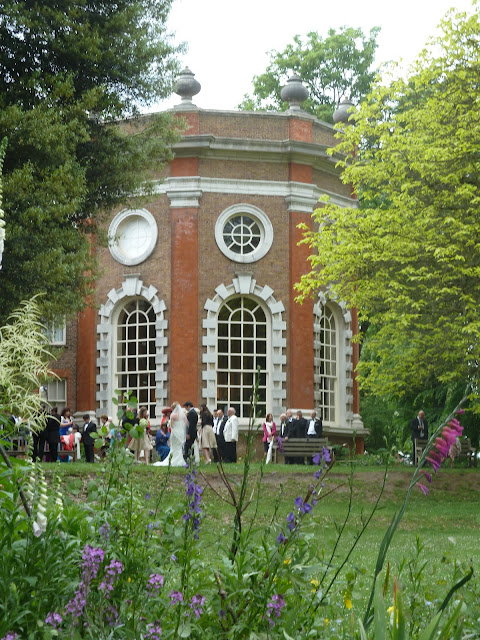






















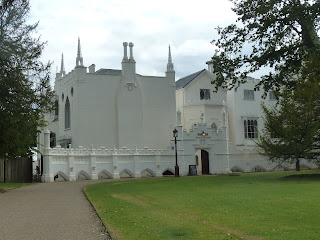



















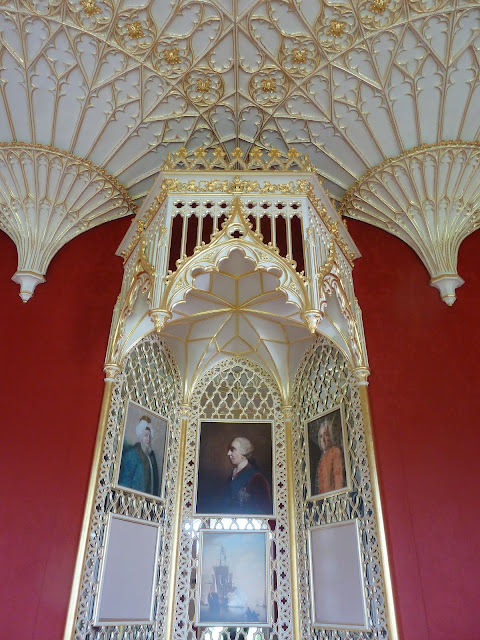






















No comments:
Post a Comment